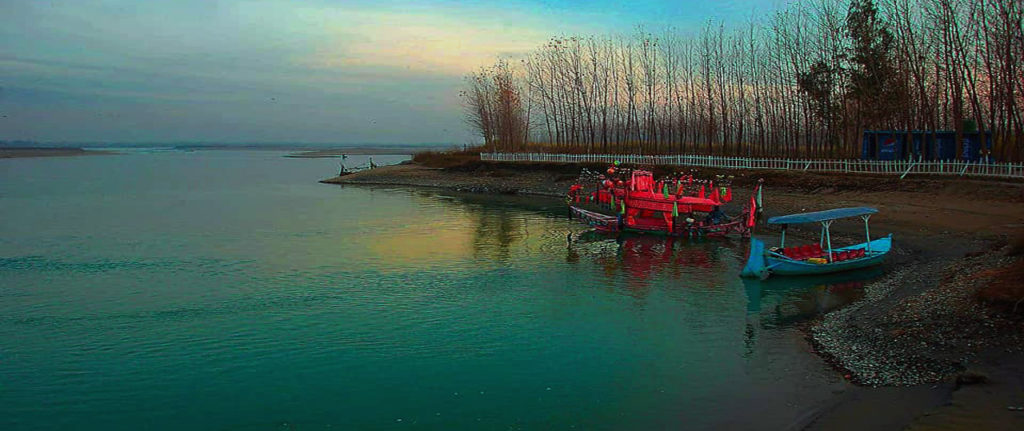Charsadda
Charsadda is 30 km (17 Miles) North East of Peshawar. It is possibly one of the most significant antiquated destinations of Asia; speaking to a gathering of forcing hills in the zone. It is arranged in a gainful and well-watered Peshawar plain, with its tremendous working wild ox and the remarkable sight of tropical sugar stick and cold atmosphere sugar beet developing one next to the other. It is officialy separated into three Tehsils (Charsadda, Tangi, and Shabqadar) and these are additionally partitioned into little towns. Geologically, it is partitioned into two areas; Hashtnagar and Do Aba. Peshawri Chappal and charsadda chapal are famous in these days. Its also called imran khan peshawari chappal.
Peshawri Chappal And Charsadda Chapal
We also have Imran Khan Chappal known as Kaptaan Chappal, Its is Specially Design for Wedding of imran Khan, their are Vairty of Latest Designs of Pershawari Chappal, Charsadda Chappal, Now adays Kaptaan Chappal is the most demanding new style in Pakistan.It is handmade genuine leather soft and light weight. You can buy online now charsadda chapal.
Bala Hisar Charsadda
Exhumed twice by Sir John Marshall in 1902 and by Sir Mortimer Wheeler in 1958. Wheeler’s vertical channel chops down through the numerous layers of mud stone and earthenware to the base of one of the hills Pushkalavati is first referenced in the Hindu epic story the Ramayana. At the point when Bharata the sibling of Ramchandra vanquished Gandharvadesa (Gandhara) and discovered two urban areas. Taksha (Taxila) and Pushkala (Pushkalavati) named after his two children.
In around 516 B.C Gandhara turned out to be a piece of the seventh satrapy or area of the Achaemenid Empire and paid tribute to Darius the Great of Persia, until its topple by Alexander the Great in the fourth century B.C
The Indian Emperor Chandragupta Maurya rose to control and brought Gandhara under his influence According to a prevalent custom. Ruler Asoka constructed one of his stupas as portrayed by Hieun Tsang, the Chinese Buddhist pioneer in 630 AD
Hieun Tsang visited it and he alludes to it as Po-Lu-Sha. As indicated by him it was 2 1/2 miles in periphery. A Brahminical sanctuary toward the east and a religious community toward the north which as per Buddhist legends was where Buddha lectured the Law. After Mahmud of Ghazni vanquished the territory and changed over it to Islam in 1026 AD. The name Gandhara vanished.
Prang
At the crossroads in the center of Charsadda turn night towards “Prang” through the hundreds of acres of graves all decorated with black and white stones in geometric patterns. There are several mounds in Prang – The debris of thousands of years of occupation – all un-excavated. South of village the River Swat joins River Kabul. In India near Allahabad at the confluence of the Ganges and Jumna rivers is the sacred town of Prayag. Prang is probably a corruption of Prayag, which indicates that perhaps this also was a sacred city. The people of the area too feel likewise, which may be the reason they bring their dead there for burial.
Shabqadr
Shabqadr is a small town in Charsadda tehsil 17 miles north west of Peshawar. Here is a fort built by the Sikhs called Sharkargarh. The town was burnt by Mohmands in 1897 It has since been rebuilt.
Bibi Syeda Dheri
It is a site half a mile to the north of Umarzai village in Charsadda tehsil here is a mound 60-ft high. Believed to be the site of the stupa erected to commemorate the conversion by Lord Buddha of goddess Hariti who used to devour children of the locality. There is also a shrine of a lady saint Bibi Syeda. It is believed that a pinch of earth from the site is an effective antidote in the case of small Pox.
Ghnai Khan Dheri
The library and museum at Ghani Dheri in Charsadda remain at the mercy of harsh weather, dilapidated infrastructure and the absence of facilities. The institution was constructed between 2000 and 2002 by the Khyber-Pakhtunkhwa government to recognise the literary contributions of Pashto poet Khan Abdul Ghani Khan, better known as Ghani Khan. It is situated in the poet’s ancestral village of Utmanzai.
The site lies in ruins after years of neglect. The museum needs artefacts and to manage them—a curator, while the empty corridors of the library still await a librarian.
Officials have also asked authorities to ensure artefacts found from historical sites in Charsadda Peshawar are displayed at the museum. However, little has been done to fulfil these requests so far.
